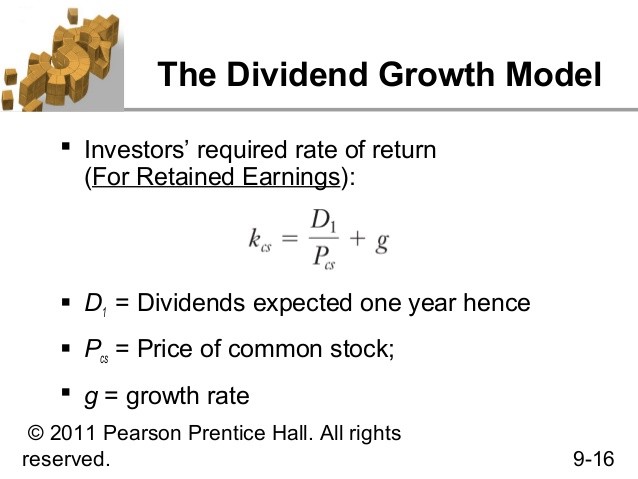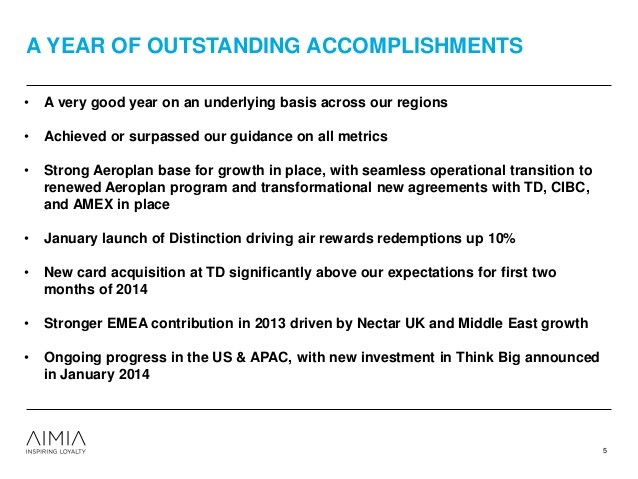5 Common Errors Of A Dividend Growth Forecast
Post on: 18 Май, 2015 No Comment

Summary
- Some dividend growth investors use average portfolio yield and average dividend growth to calculate future income.
- New investors need to watch out for these 5 common errors, which can lead to far less than projected income.
- The difference between dividend forecast and income reality relates to bias, optimism, miscalculation, dynamic growth rates and ignoring total return.

Investors planning for retirement continue to flock to dividend growth strategies. The premise is simple and when investors show me their income streams projections — the possible dividend returns are staggering. And if the company habitually increases the dividend every year, you can virtually ignore the fluctuating share price provided you are investing for income only.
93.03%
In 25 years it would appear that the portfolio will generate a 93% yield on cost. But calculating this way is incorrect. Based on the numbers given, the portfolio could only generate up to a 35% yield on cost in 25 years. After you factor in a couple of other variables, it might be closer to 20% yield on cost.
Why would the actual income be so much less than what was calculated using average yield and average dividend growth? There are multiple problems with this calculation with the biggest one relating to point #4.
I will briefly discuss 5 potential problems that newer investors need to be aware of when making a dividend growth forecast so reality and forecast have a better chance of meeting each other. All historical testing was carried out using Portfolio123. which uses Compustat data.
Survivorship bias occurs when you fail to account for stocks that used to meet your investment criteria but no longer do so. In this instance it could be a stock that failed to increase its dividend, which means it is no longer a dividend growth stock. Or it might be a stock that merged with another company or one that was de-listed.
If you attempt to generate statistics from surviving stocks, you will not get a clear picture of risk and performance. In a similar fashion, you cannot get a clear picture of the high-school drop-out ratio if you only count those present at the graduation ceremony.
A quick example of survivorship bias uses the Dividend Aristocrat index. If I use the 2014 list of Dividend Aristocrats to simulate an investment portfolio starting in 2001, and I hold without any turnover until the end of 2014, the results look like this:














